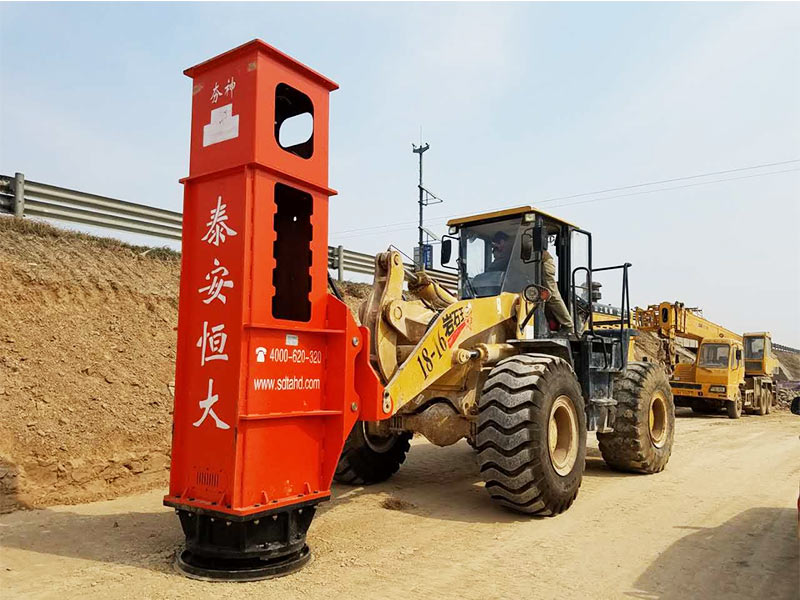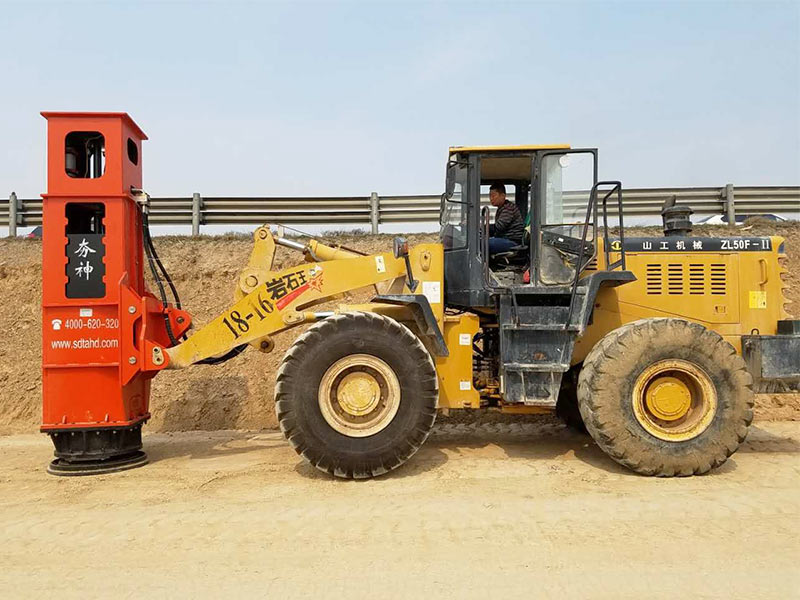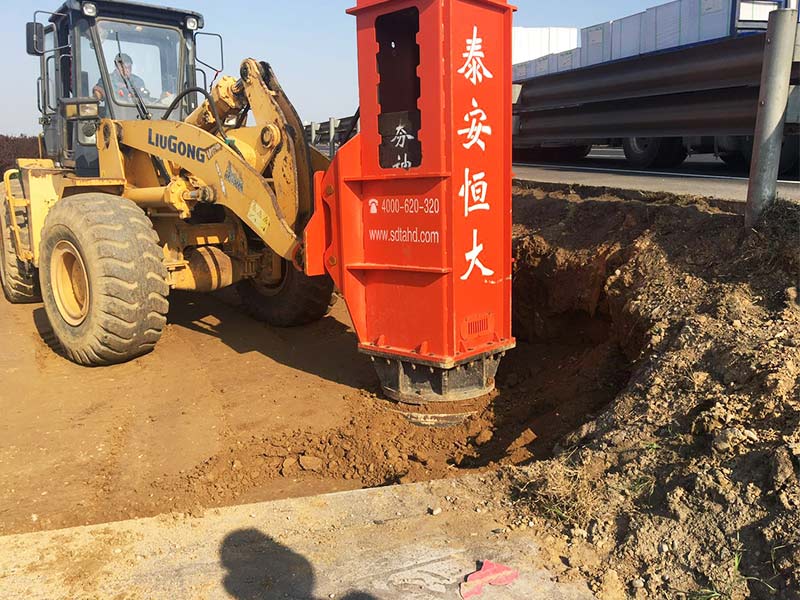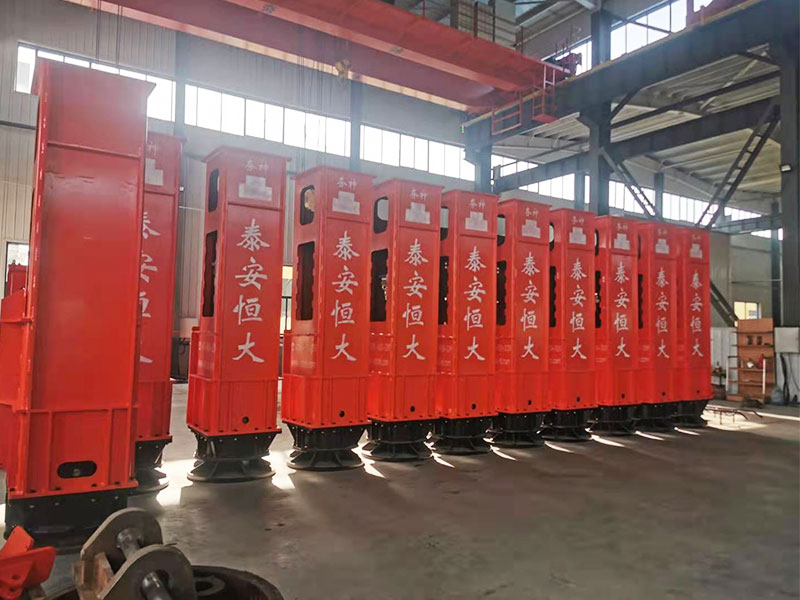update time:2022-09-15 08:37:04
Views:1131次
Use within 30 feet of a Building – Because Rapid Impact Compaction provides a low magnitude of impac...
Use within 30 feet of a Building – Because Rapid Impact Compaction provides a low magnitude of impact loading at a very high frequency, the peak particle velocity remains relatively low (less than 2 inches per sec) at a distance of 30 feet from the source. This is different from Deep Dynamic Compaction which has a low frequency and a high magnitude of loading so vibrations are greater from DDC when compared to RIC.

Most often, the RIC technology is used for the construction of enclosed buildings: under the foundation slabs/floors of industrial and commercial halls and under heavy surfaces of warehouses, tanks; for the construction of infrastructure: all types of roads and highways, under the road and rail embankments and often as the improvement of the base for parking lots and airport runways. A great advantage of the RIC method is its mobility and relatively small size of the equipment unit which allows for carrying out the works in areas with difficult access.
Depending on the soil type, water conditions and parameters of the hammer the soil compaction range reaches a depth between 4.0 and 5.0 m.
A safe working distance from the existing buildings, for which vibration monitoring is not necessary, amounts to approximately 5.0 up to 6.0 m. Than, the generated noise is within 90 dBA.

Rapid impact compaction reduces liquefaction and seismic-induced settlement. This compaction involves lower levels of vibration with higher frequencies which are less damaging to existing structures, where dynamic compaction cannot be used.

RIC can be used to improve bearing capacity and reduce liquefaction potential of loose soils. The compaction sequence is designed to work from the outside in, so that compaction of the lower zone soils occurs first followed by compaction of the upper zone. Data monitoring during the compaction process and the online display in the operator’s cab enables compaction control, an economic application of the compaction tool, and a work integrated quality control. The total impact depth of the impact foot, the number of blows, and the final settlement of the impact foot after a blow define the stopping criteria.

what is deep dynamic compaction?
The way in which RIC improves the ground is a “top-down” pro...
How does RIC compact the road base?
Rapid Impact Compaction with the Rapid Impact Compactor (RIC...